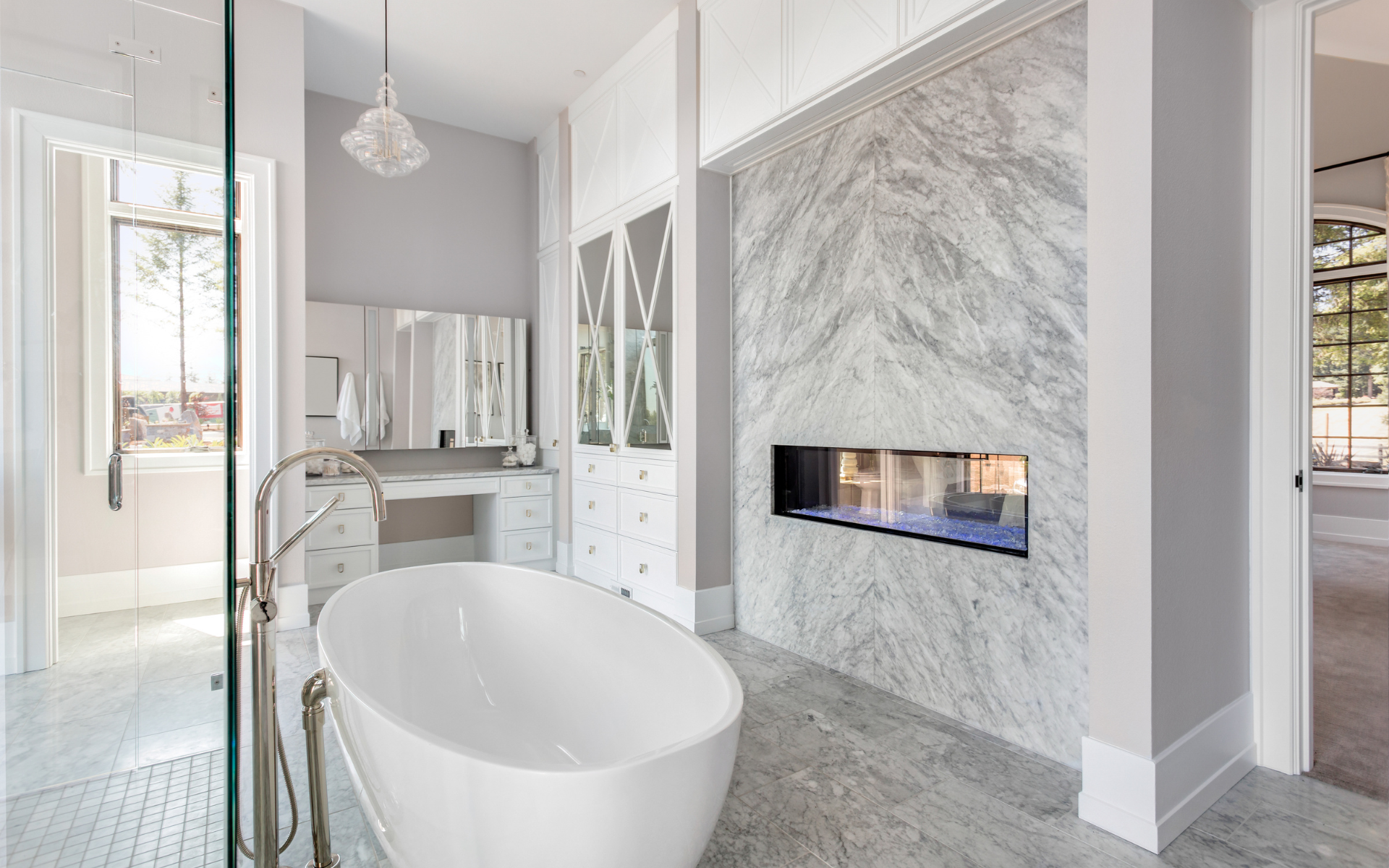
If you’re planning a bathroom remodel in your Chesapeake home, you need to know about permits. The bathroom remodeling permits in Chesapeake VA ensure your new bathroom meets building codes and safety standards. While getting a permit may seem complicated and tedious, this guide breaks the process down into easy-to-understand steps. We’ll cover:
Table of Contents
- When You’ll Need a Permit
- Types of Bathroom Projects Requiring Permits
- Getting Your Chesapeake Bathroom Remodel Permit
- Understanding the Permit and Inspection Process
- Tips for Making Your Remodel Code Compliant
- And More!
So if you want your Chesapeake bathroom remodel to go as smoothly as possible while avoiding issues down the road, keep reading! This article has all the Virginia and Chesapeake permitting details you’ll need for a successful bathroom overhaul.
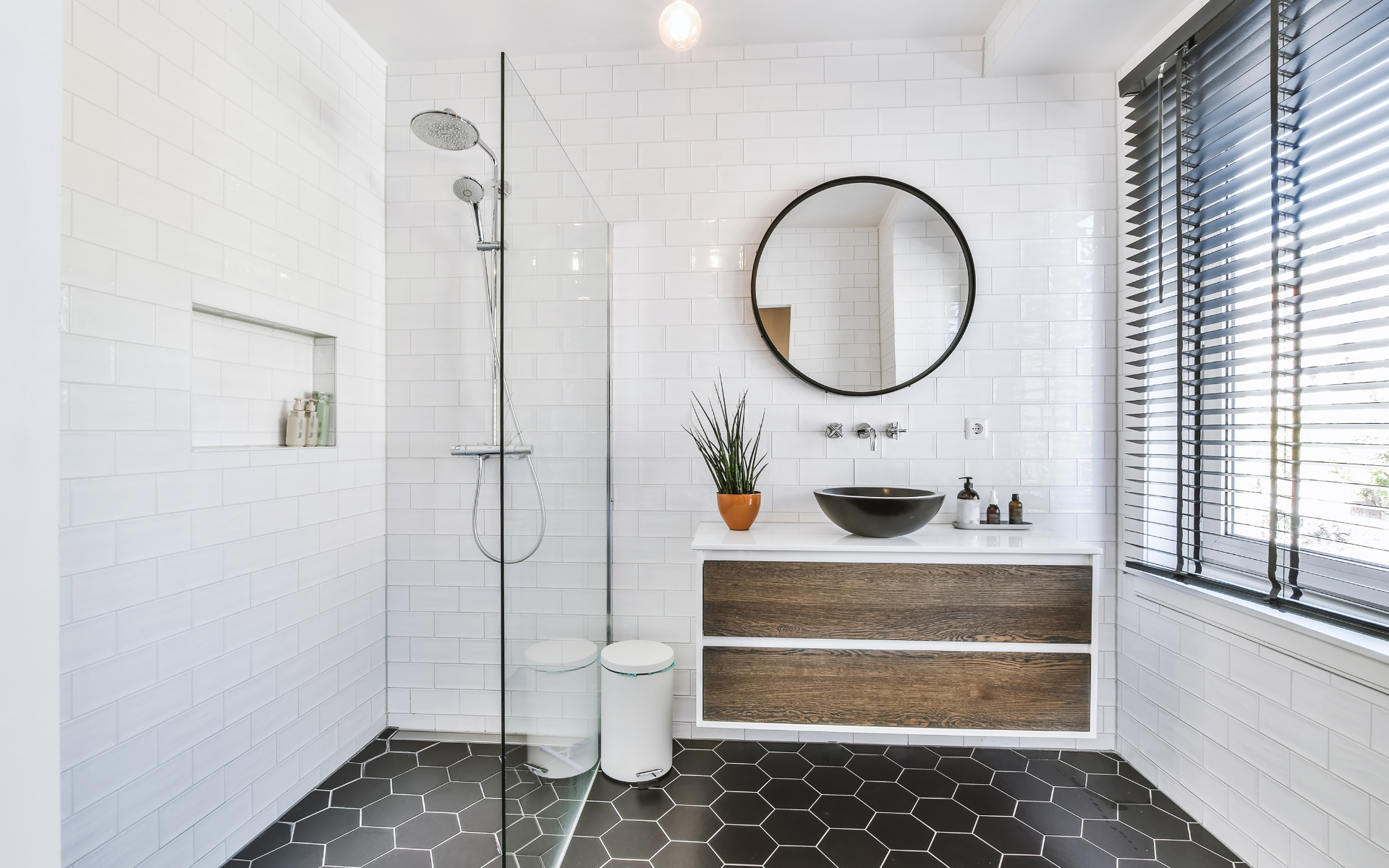
Do I Need a Permit for My Chesapeake Bathroom Remodel?
Any remodeling projects in your Chesapeake home that involve plumbing, electrical, layout, or structural changes likely require a permit. Here are some common bathroom remodels that need permits:
- Bathtub or Shower Replacements Installing a new tub, shower enclosure, or surround requires you to alter plumbing and electrical systems. Since you’re working with potentially hazardous areas, permits are mandatory.
- Tile Installations If adding tile floors or walls, permits ensure proper materials, waterproofing, prep work, and safety measures.
- Vanity or Sink Replacements Swapping out vanities and sinks involves both plumbing and electrical work (for lighting and outlets). Permits are required to meet the code.
- Toilet Replacements Yes, even just replacing an existing toilet requires a permit! This ensures proper plumbing, clearance, access, and functionality for this fixture.
As you can see, permits are needed for most common Chesapeake bathroom remodels. Unless it’s just painting walls or adding fixtures, you likely need permits. Read on to learn exactly how to get permits for your bathroom project.
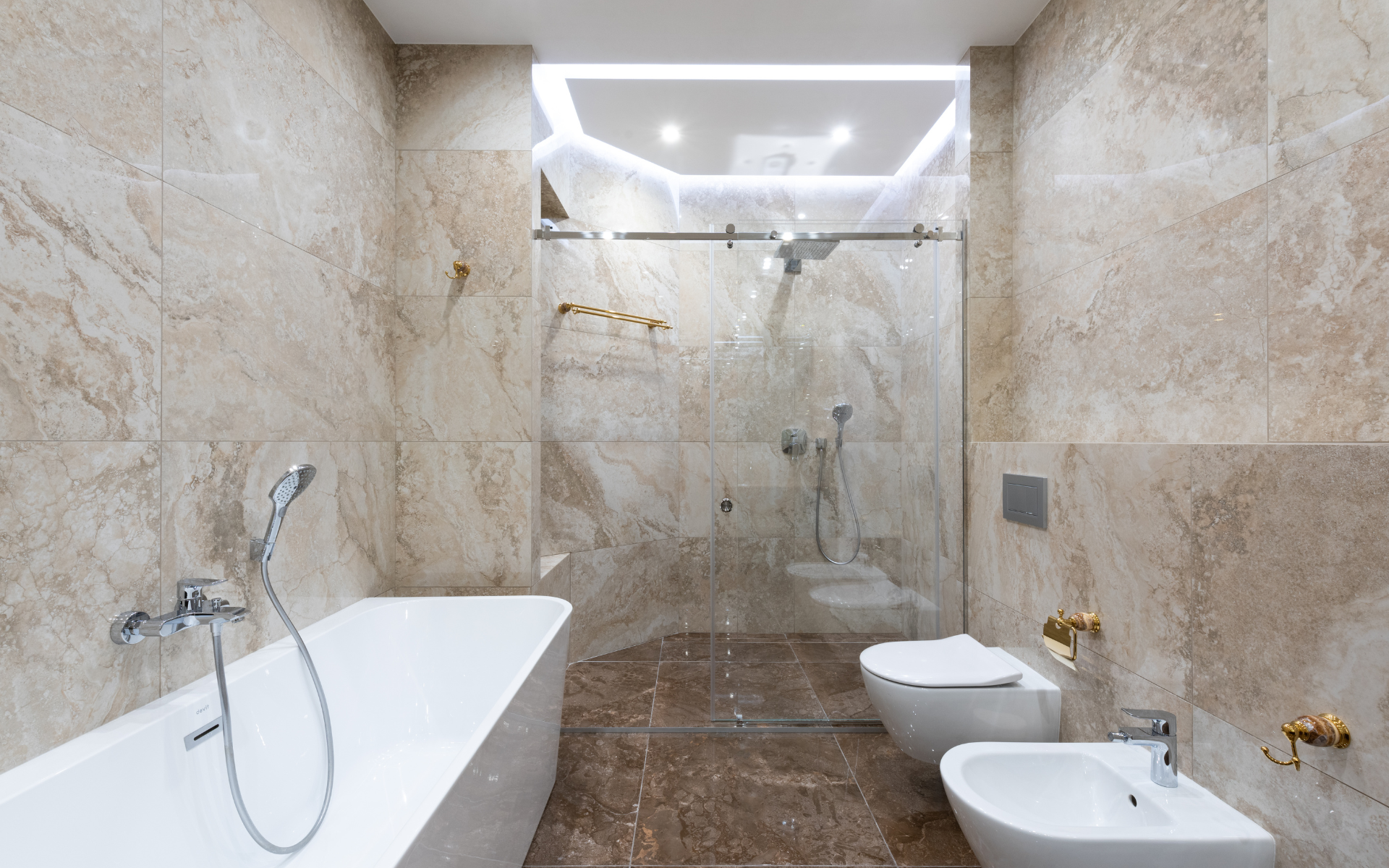
Getting Your Chesapeake Bathroom Remodeling Permit
Start by connecting with the Development & Permits Department at the Chesapeake City Hall Building. Here are the required steps when applying for your bathroom remodeling permit:
- Determine Project Scope Figure out details like what fixtures or elements you are changing. Be as precise as possible about the full scope of work.
- Submit Permit Application Fill out the permit application in its entirety. Inaccurate or incomplete details can delay approval.
- Provide Required Documents You may need to submit some or all of the following: contractor’s license, proof of insurance, project cost estimates, materials list, project plans, or blueprints. Providing as much detail upfront prevents issues.
- Pay Permit Fees Fees are based on project scope and expect to pay 1.5% – 5% of total cost in fees. Cash, checks, and credit cards are accepted.
- Receive Plan Approval It can take up to 10 business days to approve plans. You’ll either get approved, get asked for changes, or get denied if major issues.
Once plans are approved, you can move forward with the work knowing you meet codes and requirements for Chesapeake bathroom remodeling projects.
The Permit and Inspection Process Step-By-Step
According to the International Residential Code (IRC) and design standards in Chesapeake homes, careful moisture control, and layouts allowing for accessibility are critical compliance areas inspectors check.
Understanding what happens after you get an approved permit will help your bathroom remodel go smoothly. Here is the standard process:
Pre-Work Inspection
First, the building inspector will come to see your bathroom before the remodel starts. They’ll measure how big things are now, like between the tub and the wall. And they’ll note what needs fixing, like cracks in floors or walls. They also check if the plumbing pipes, electric wires, and ventilation fans work properly and safely.
The inspector makes sure your remodel plans will work with your bathroom’s current setup. This avoids surprises later that could fail the final inspection and mean redoing work. For example, they’ll say that old pipes should not have a shower spray hitting them daily. Or if moving the toilet could make the floor collapse since it’s important for holding up the above levels of your home.
Rough-In Inspection
Rough inspections occur partway through projects before covering walls or key areas. They ensure:
- Electrical wiring and boxes are properly sized and located
- Plumbing pipes, connections for fixtures, and drains meet code
- Framing is structurally sound and designed for fixtures, tiles, etc.
Additional Inspections
For big makeovers changing a ton of stuff in your bathroom, you’ll likely see inspectors a bunch before, during, and after the work.
Instead, expect visits from different inspector experts focusing on that area. For example, a plumbing inspector checks for leaks, pressure, and pipe types, and sees if tubs drain properly. An electrical inspector confirms enough outlets, light fixture wattages, fan voltages, and wire gauges during rough-in. A framing specialist examines the under-workings within new walls and floor strength.
The International Association of Plumbing and Mechanical Officials (IAPMO) publishes the Universal Plumbing Code (UPC) providing strict regulations and compliance for bathroom drainage and water systems.
There might also be HVAC, drywall, insulation, fire safety, and final inspectors for complicated renovations. It feels overwhelming but each inspector approves only their specialty.
Final Inspection
This is the last but most important check that everything in the new bathroom follows requirements. The inspector looks over all the previous inspectors’ approvals first for plumbing, electrical, framing, etc.
Then they take their own super close final look when construction is all 100% done. They turn the faucets, flush toilets, assess ventilation noise, check for leaks, test grab bars that can hold weight, measure precise clearances between the tub and walls, and ensure tile floors aren’t slippery.
Certificate of Occupancy
You receive an official certificate upon passing the final inspection. This certifies your remodeled Chesapeake bathroom meets all Virginia building codes. You can then legally use the new bathroom.
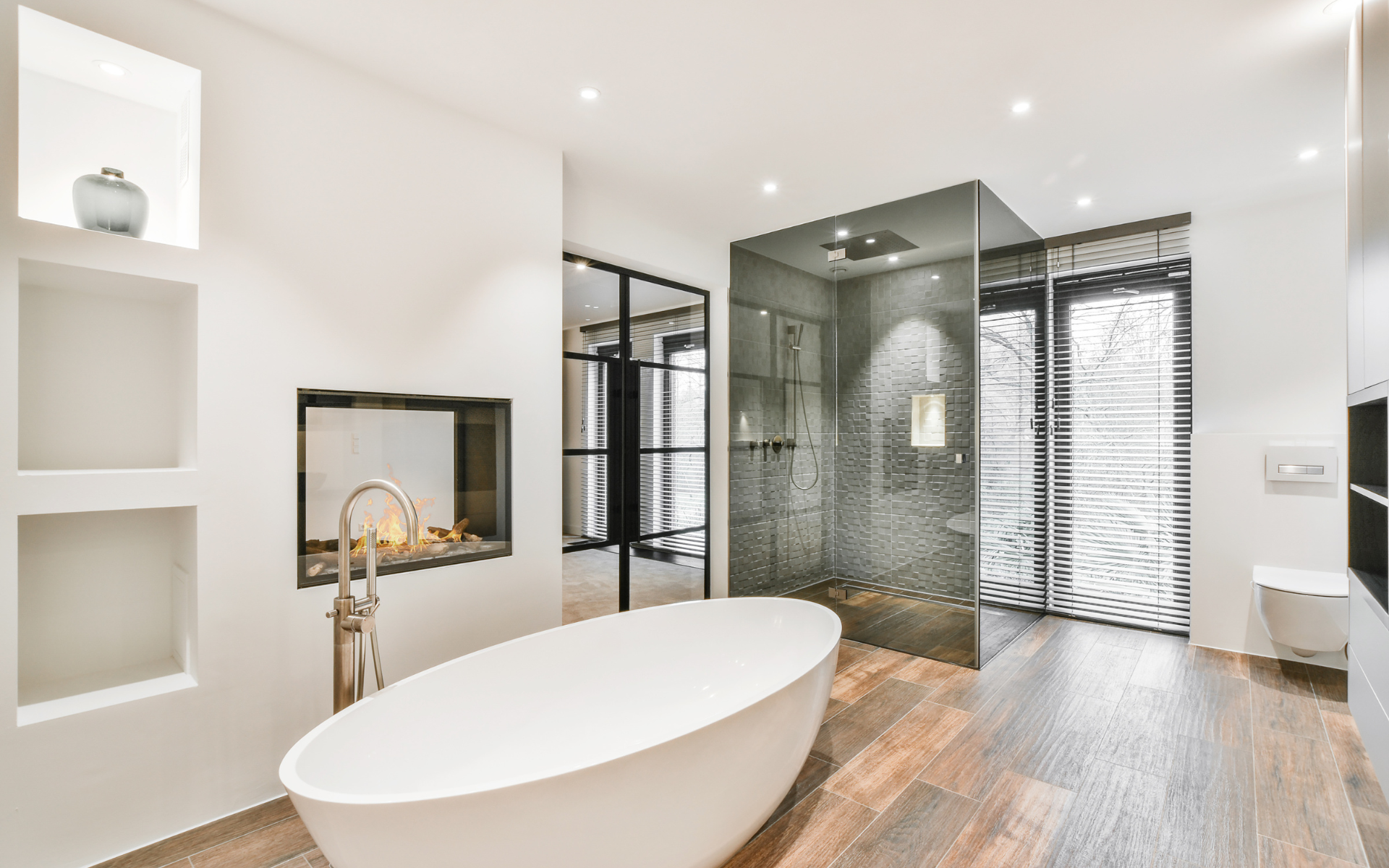
5 Tips for a Code-Bathroom Remodel
Here are a few key areas inspectors scrutinize to ensure bathroom safety, functionality, and compliance:
- Hire only PROFESSIONAL LICENSED CONTRACTORS
Using qualified remodelers and builders well-versed in local codes streamlines permitting and ensures work passes rigorous inspection. Check credentials and confirm Chesapeake licensing before hiring.
- Follow all INTERNATIONAL RESIDENTIAL, VIRGINIA STATE, and CHESAPEAKE BUILDING CODES
Researching the intricate building codes for your Chesapeake home’s jurisdiction prevents violations. Peruse code manuals or have an experienced, licensed contractor handle compliance. Pay special attention to plumbing, electrical, ventilation, and structural codes when planning your remodel. - Carefully factor HUMIDITY and MOISTURE CONTROL into design choices
Inspectors check that materials can withstand steam, splash, and condensation from showers, tubs, and sinks. Water-resistant backer boards, vapor barriers, fan ducting, and ventilation systems must meet stringent codes for mitigating problematic moisture accumulation.
- Ensure the new LAYOUT is WHEELCHAIR ACCESSIBLE
Make sure the layout is accessible via doors, clearances between walls and fixtures, reinforced grab bars near toilets, tubs, and showers, adjustable sink/vanity heights, and slip-resistant flooring. Safety and ease of mobility are paramount, especially relating to bathroom usage. Inspectors strictly enforce legally mandated accessibility standards. - Select APPROPRIATE HYGIENIC, DURABLE MATERIALS
Porcelain, treated solid surface stone composites, metals, and glass formulations certified for heavy usage in wet areas make inspectors happy. Whereas mold/mildew-prone drywall, wood, and laminates risk rejection.
By leveraging professional Chesapeake contractors and keeping key codes top of mind through your remodel, you will pass inspection and get permitted with minimal headaches!
Common Permit Mistakes to Avoid
Many Chesapeake homeowners make simple yet costly mistakes when getting bathroom remodeling permits. Avoid these pitfalls that lead to delays, extra costs, and headaches:
- Assuming your small project doesn’t need permits – Almost all bathroom upgrades require permitting as they involve electrical, plumbing, and structure. Industry groups like the National Kitchen and Bath Association (NKBA) advise all homeowners upgrading bathrooms to research local codes thoroughly and acquire necessary permits to avoid safety hazards and installation errors that could lead to problems down the line.
- Using unlicensed Chesapeake contractors – Hiring unqualified or sketchy contractors often results in failing inspections due to code violations
- Changing project scope mid-way – Permits are issued based on precise project details; changing materials, layouts, etc. midway without amending the permit causes issues
- Ignoring the pre-construction inspection – Skipping this inspection prohibits grandfathering in any existing non-compliant conditions, so renovations must bring the entire bathroom completely up to current code
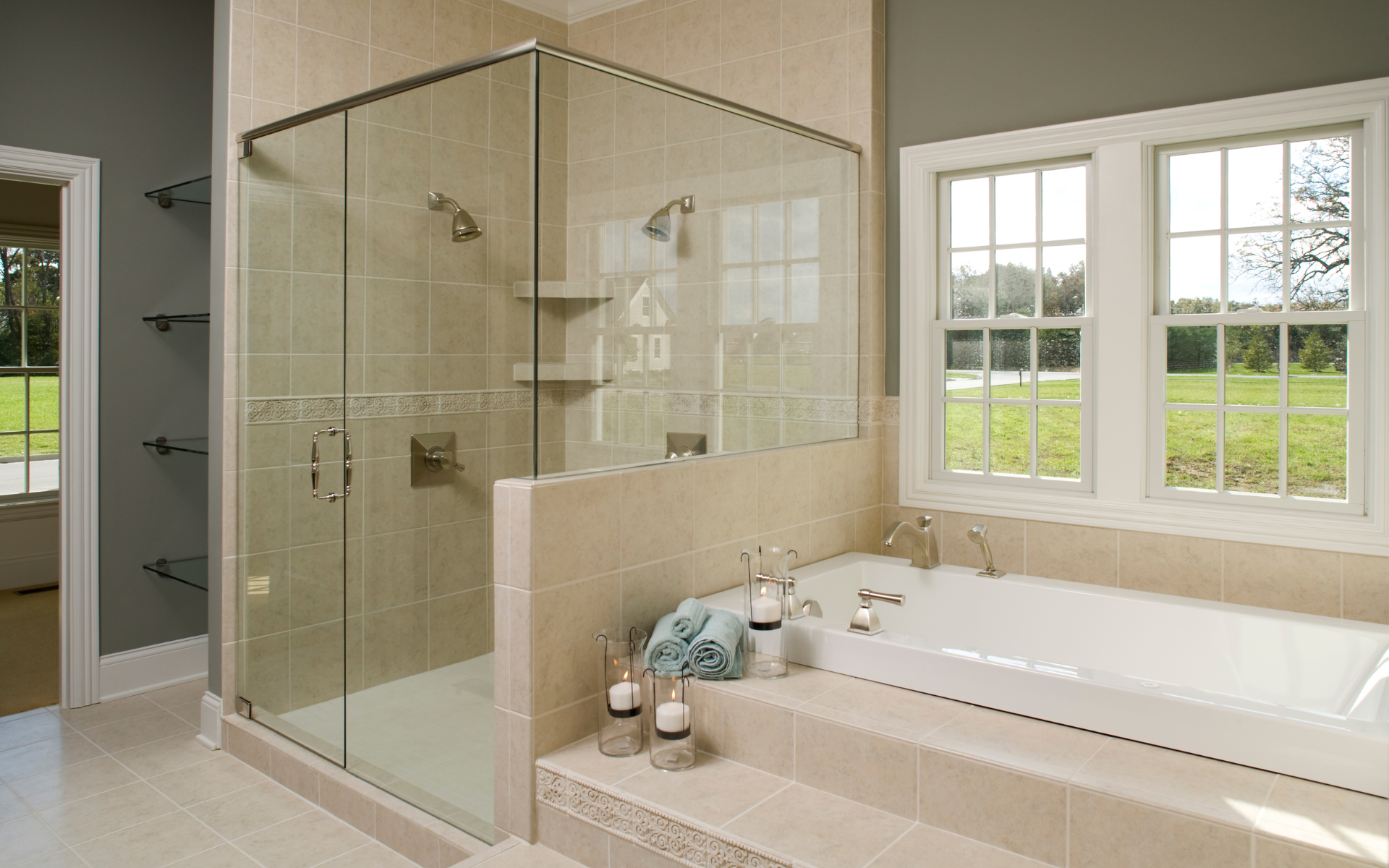
Timeline for Valid Permits
Chesapeake bathroom renovation permits are good for six months. This means you must start your demolition, construction, or remodel within 180 days of permit approval. If needing longer than six months before beginning major work, you can submit for a single 6-month extension. Reasons warrant extensions include:
- Shipping or supply delays for fixtures, tile, and vanities
- Backordered special order finishes or materials
- Family emergencies delaying project start dates
- Contractor schedule backups due to high local demand
Staying Accountable to Inspectors
While permits and inspections feel intrusive, building inspectors actually want you to pass and approve safe quality work. Making their job easier and keeping them happy will expedite your Chesapeake bathroom remodel. Simple tips include:
- Calling for inspections as soon as work is ready for examination
- Ensuring easy access to areas needing inspection at scheduled times
- Keeping approved plans and documentation onsite for easy reference
FAQs
My contractor said permits would delay my remodel. Should I skip getting one?
No! Even though permits add steps, they’re required by law to keep you and your family safe. Unpermitted work also risks fines and makes selling your home harder later.
I’m only replacing my sink vanity. Why would I need a permit for that?
Because changing the sink plumbing and electricity behind the vanity makes permits mandatory. But it’s a fairly quick process for small remodels.
Who schedules the inspections for my bathroom remodel?
Your contractor requests inspections once phases of work meet the code. You can also call the city inspector’s office to schedule inspections if doing the remodel yourself.
Can I as the homeowner fail a bathroom remodel inspection?
Yes, even if using a contractor you can fail from things like changing plans without permit updates, ignoring inspector feedback, or doing work yourself that doesn’t meet code behind the walls where inspectors can’t see issues.
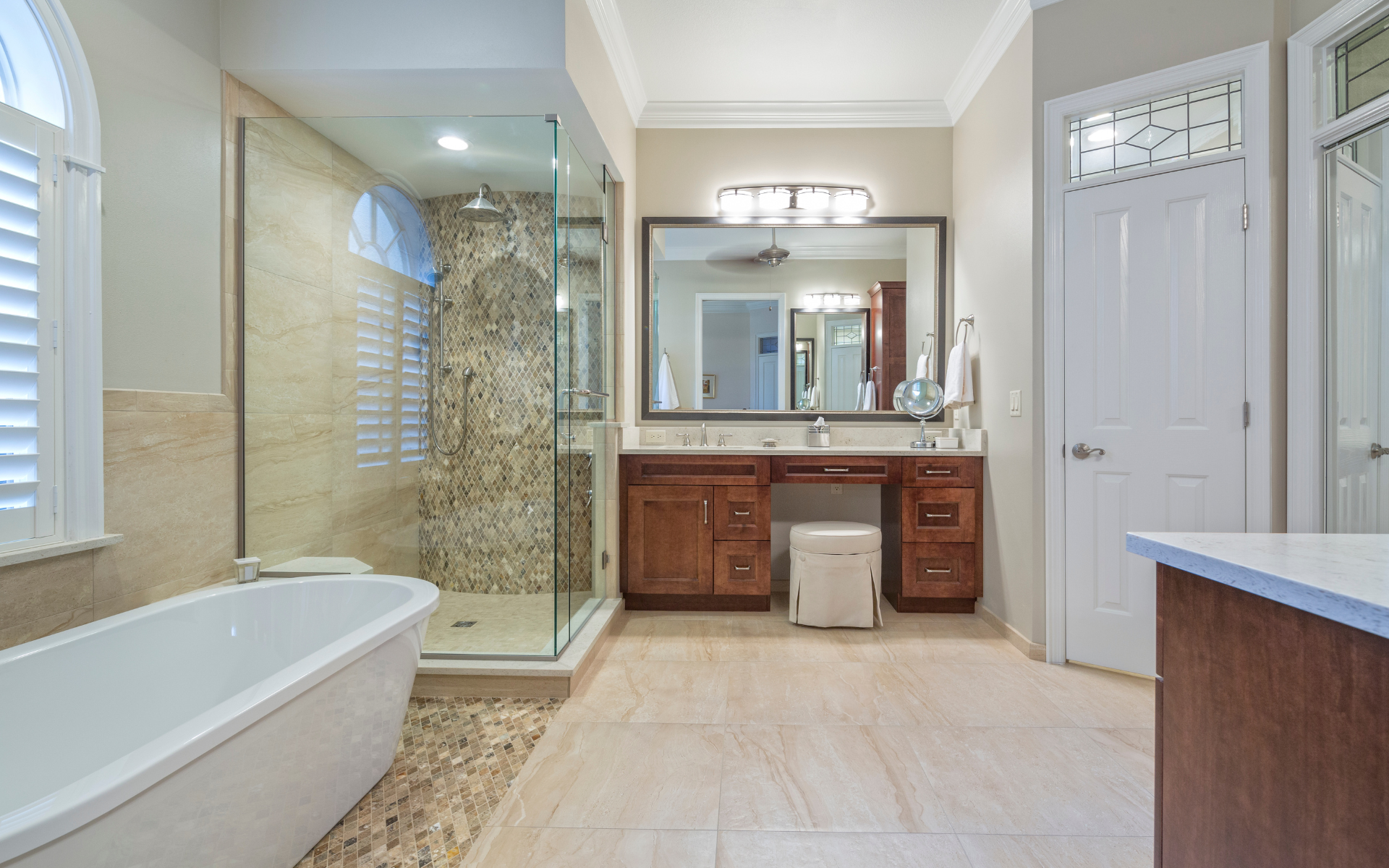
In Closing – Permits Protect Your Bathroom Investment
When it comes to remodeling your outdated Chesapeake bathroom, permits should not be an afterthought if you want the peace of mind that your investment is sound and safe for your family’s use. While the permitting process necessitates patience and working closely with city officials, constructors, and inspectors, view it instead as an opportunity. Leverage their extensive expertise in bringing old homes up to today’s more stringent building codes. Implement their suggested tweaks to your plans or material choices, rather than seeing requests for revisions as mere headaches.
Staying engaged throughout the permitting journey makes navigating inevitable hiccups smoother. Maintain a constant open dialogue with your contractor and inspectors. Adhere to code diligently rather than seeking shortcuts to save on costs. While your remodel may take more forethought, research, and care to execute properly, the resulting dream bathroom will function reliably for decades thanks to superior structural integrity. More importantly, you’ll have confidence everyone who uses your Chesapeake home’s new bathroom remains safe from slipped tiles to electrocution risks due to passing rigorous city inspections with flying colors.






